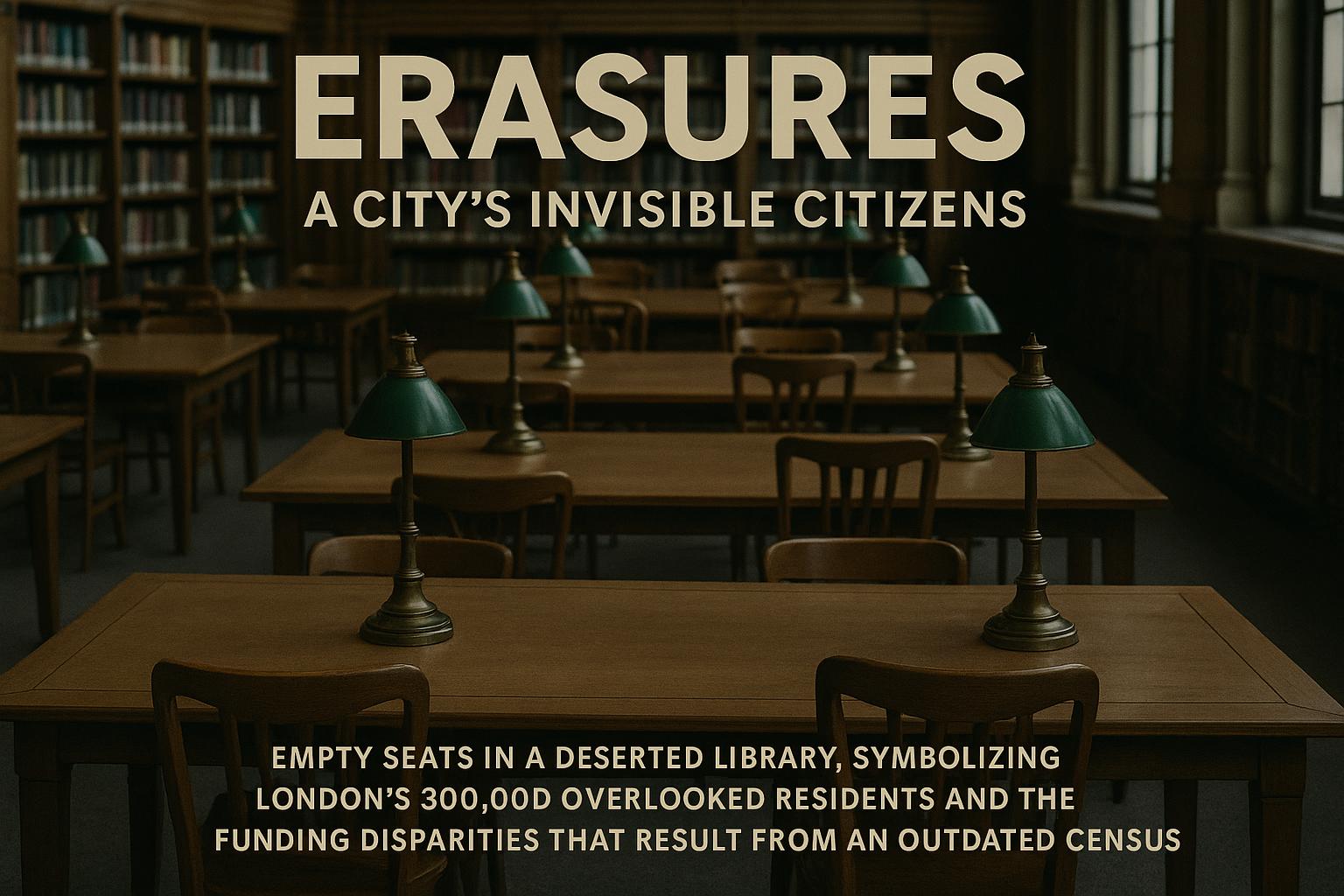London’s reliance on the 2021 Census data to define ‘fair’ funding is raising significant concerns, as the population figures are widely believed to underestimate the true size of the capital’s population by nearly 300,000 people. This discrepancy stems largely from the unique circumstances under which the census was conducted—during the third national lockdown of the Covid-19 pandemic—a period marked by an unprecedented exodus from the city.
During the extended lockdown phases, many Londoners, from students to migrant workers, temporarily relocated out of the capital, seeking more space or to be closer to family. This phenomenon, often described as the “race for space,” saw London’s once-bustling streets and homes emptied out. While this trend has now largely reversed, the census figures remain frozen in time, failing to reflect the subsequent return of many residents. Consequently, funding formulas and allocations for critical public services risk being based on outdated and inaccurate population data.
London Councils, representing all 33 of the capital’s local authorities, has been vocal in warning that the 2021 Census undercounted the population. They emphasize that recording 8.8 million residents—some 300,000 fewer than previous forecasts—could severely impact future funding for essential services such as the NHS, policing, and fire departments. Such services rely heavily on accurate population data to assess needs and distribute resources, and an undercount could translate into underfunding just as demand for these public services is rising.
The pandemic-induced population shift is corroborated by independent reports. For example, a report by PwC highlighted a predicted population decline of over 300,000 in 2021, a drop not seen since 1988. This dip was attributed not only to people relocating temporarily but also to broader socioeconomic consequences of the pandemic, including fewer graduates moving to London, reduced job prospects, and the combined effects of Brexit and Covid-19 on migration patterns.
However, it is important to note that more recent analyses indicate London’s population has since rebounded, with some estimates suggesting it now exceeds pre-pandemic levels. The Centre for Cities reported a pandemic-related drop of 75,000 residents, primarily to the countryside, but underscored a subsequent population bounce back. Despite this recovery, the 2021 Census snapshot captures a moment of significant upheaval rather than the capital’s enduring demographic reality.
As the city’s funding formulas remain tied to these static and arguably outdated census figures, questions are mounting about the fairness and adequacy of resource distribution. Local authorities and service providers warn that unless adjustments are made to account for the true current population, Londoners could face the consequences of strained public services and insufficient investment precisely when the capital is striving to recover and thrive post-pandemic.
📌 Reference Map:
- Paragraph 1 – [1], [2], [5]
- Paragraph 2 – [1], [2], [3], [6]
- Paragraph 3 – [4], [1]
- Paragraph 4 – [7], [1]
- Paragraph 5 – [1], [2], [3], [6]
Source: Noah Wire Services
